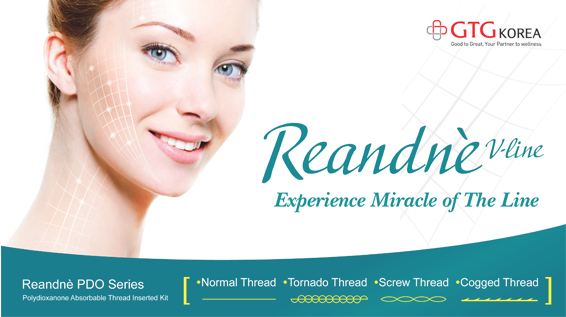
▶ Previous Artlcle: #3-2. Laser in Medicine: Basic Laser Terminology
Photomechanical Effect
By definition, thephotomechanical effect meansthat the shape of an object, when being exposed to light, have a change due to the physical force of light energy. The most common mechanism of photomechanical effect is a light-induced heating.
Although the photothermal effect may be included in the photomechanical effect, when it comes to lasers in medicine, the selective photothermal effect, which selectively destroys only chromophores (melanin, tattoo ink) following thehigh-levellaser irradiation for an extremely short moment like Q-switched Laser or Picosecond Laser while not affecting the surrounding normal tissue, is more matched to the photomechanical effect. The treatment of pigmentary disorders using the laser can be explained to patients as below.
“If a tissue is exposed to the laser for a long time, the heat in the tissue gradually rises and exhibits a phenomenon looking as if the whole ripens instead of only the surface burned when a meat is roasted over a low fire. If a tissue is exposed to the same energy for a short time, the heat in the tissue exhibits a phenomenon looking as if only the surface is burned instead of the whole ripening. If a tissue is exposed to the strong energy for a shorter time, there comes a phenomenon like hitting a stone and breaking it into smallerfragmentswith a hammer, and this is called a laser toning therapy.”
[Advertisement] Reandnè Thread Series – Manufacturer: GTG KOREA(www.gtgkorea.co.kr)
Photoacoustic Effect
The photoacoustic effect refers to the formation of shock waves following light absorption into a target object. It generates even in any form of electromagnetic radiations ranging from X-rays and gamma-rays to microwaves, but applies primarily to the realms of ultraviolet rays, visible rays, and near-infrared rays. There are multiple mechanisms of the photoacoustic effect, but the photothermal effect is generally considered to be the primary mechanism.
The pulsed radiation absorbed in the target is converted into thermal energy. In this case, when radiation is absorbed, the temperature rises, and when radiation stops, the temperature falls, leading to a temporary difference in temperature of the region irradiated by the laser. The expansion and contraction due to the temperature changes are translated to pressure changes, leading to shock waves, which is referred to as photoacoustic effect.
Laser irradiation enables the target called photoacoustic source (chromophore) to absorb the laser, and the target explodes as the absorbed energy is converted into the heat, generating shock waves. The shock wave sound can be directly heard if it is loud but can be confirmed using an ultrasound detector if it is low. Photoacoustic effect occurs anywhere, but in the medical field of lasers, it is primarily used when the therapeutic mechanism of Picosecond Laser is explained.
The concept of Stress Relaxation Time (SRT) is used during the treatments using Picosecond Laser, instead of Thermal Relaxation Time (TRT). The reason for this is that the Picosecond Laser does not cause any heat damage to the surrounding tissue because the time for it to be irradiated is too short to cause any heat without exceeding the TRT of any form of chromophores (thermal confinement).
Considering that it is possible to cause damage to the surrounding tissue due to shock waves, however, it is important to confine physical impacts of shock waves to the inside of the target while minimizing the impacts of shock waves on the surroundings so that there is no damage to the surrounding tissue (stress confinement).
- To be continued




















